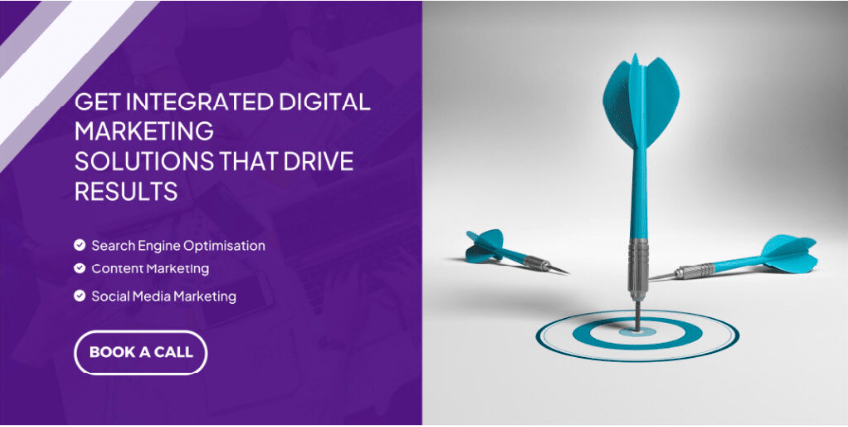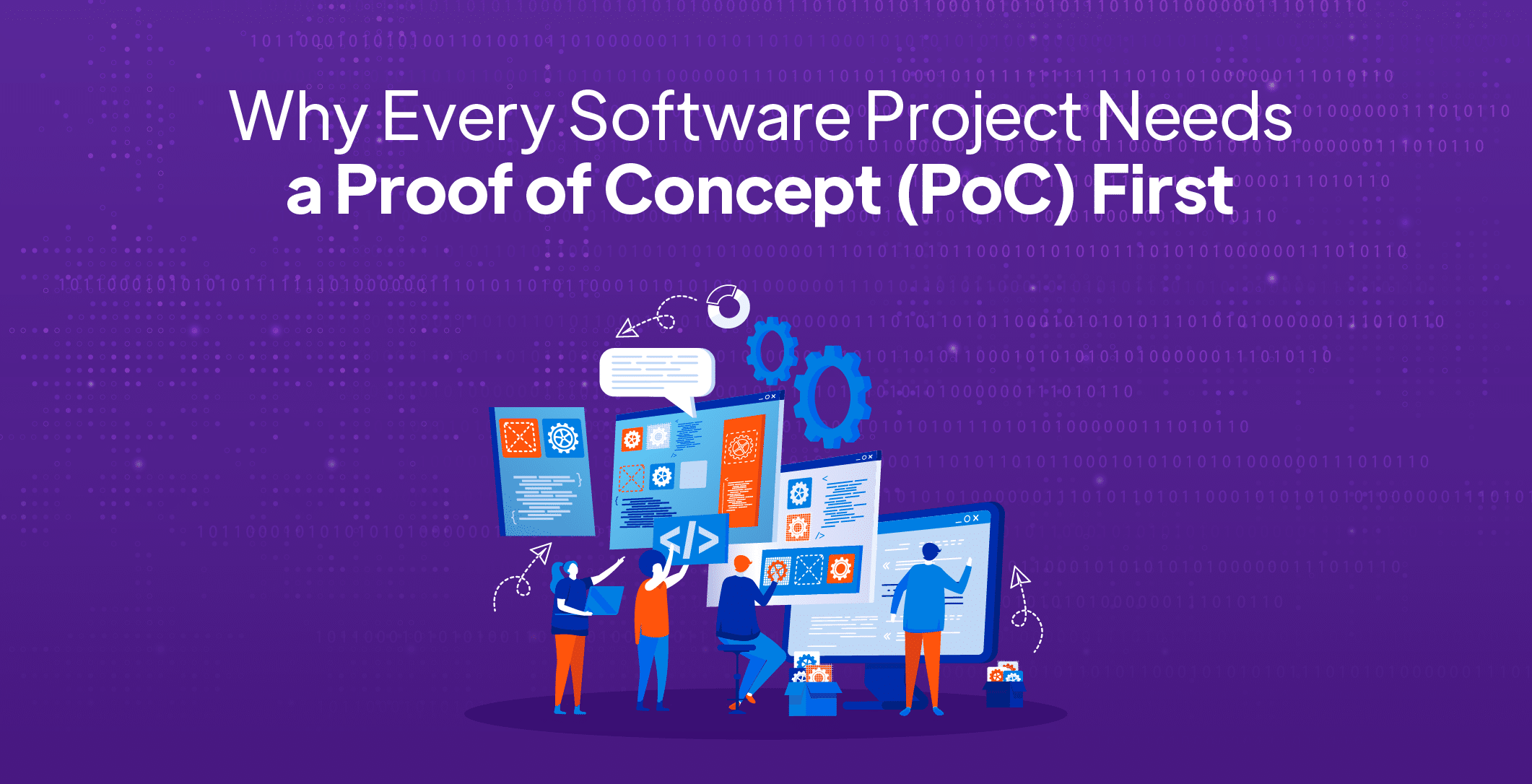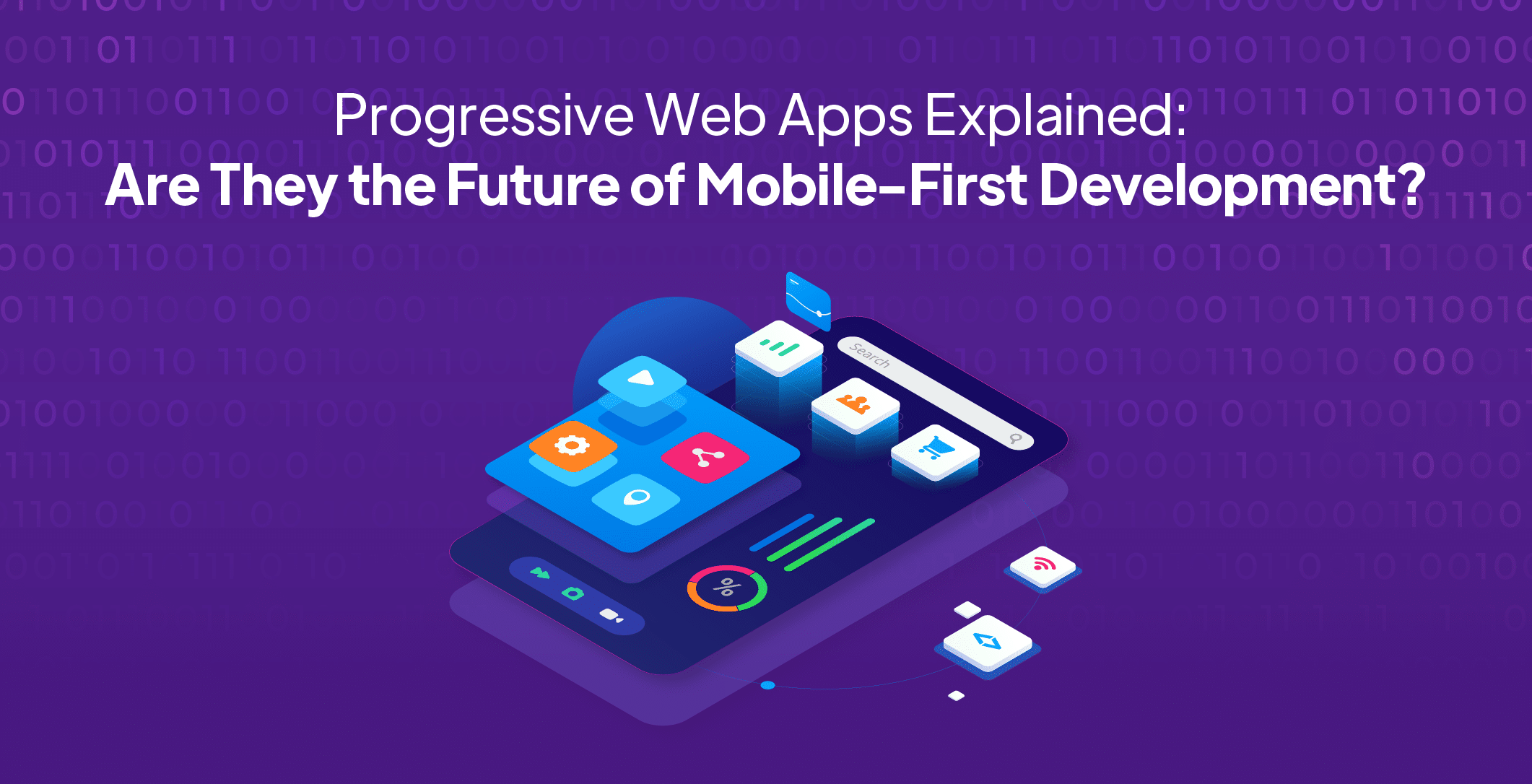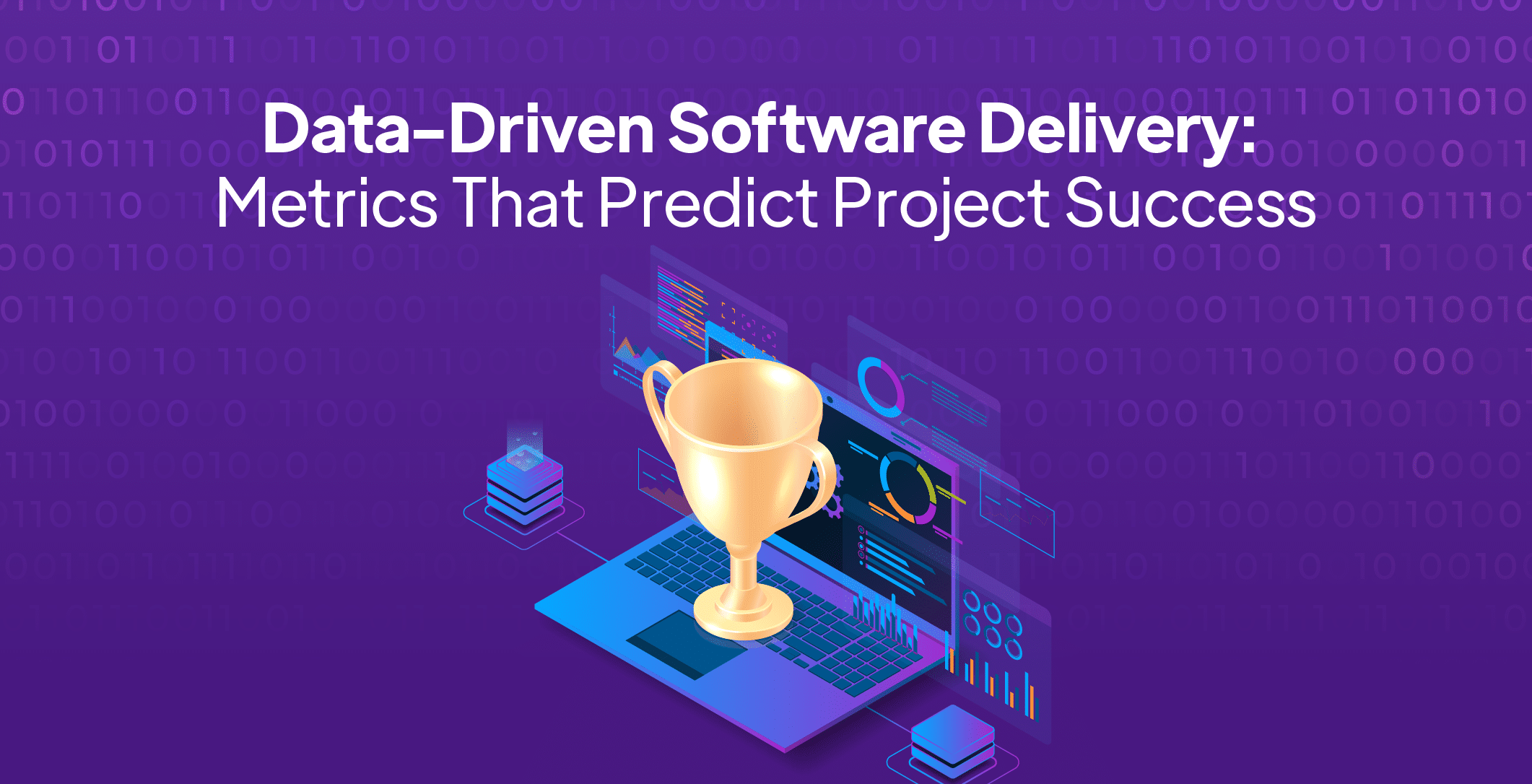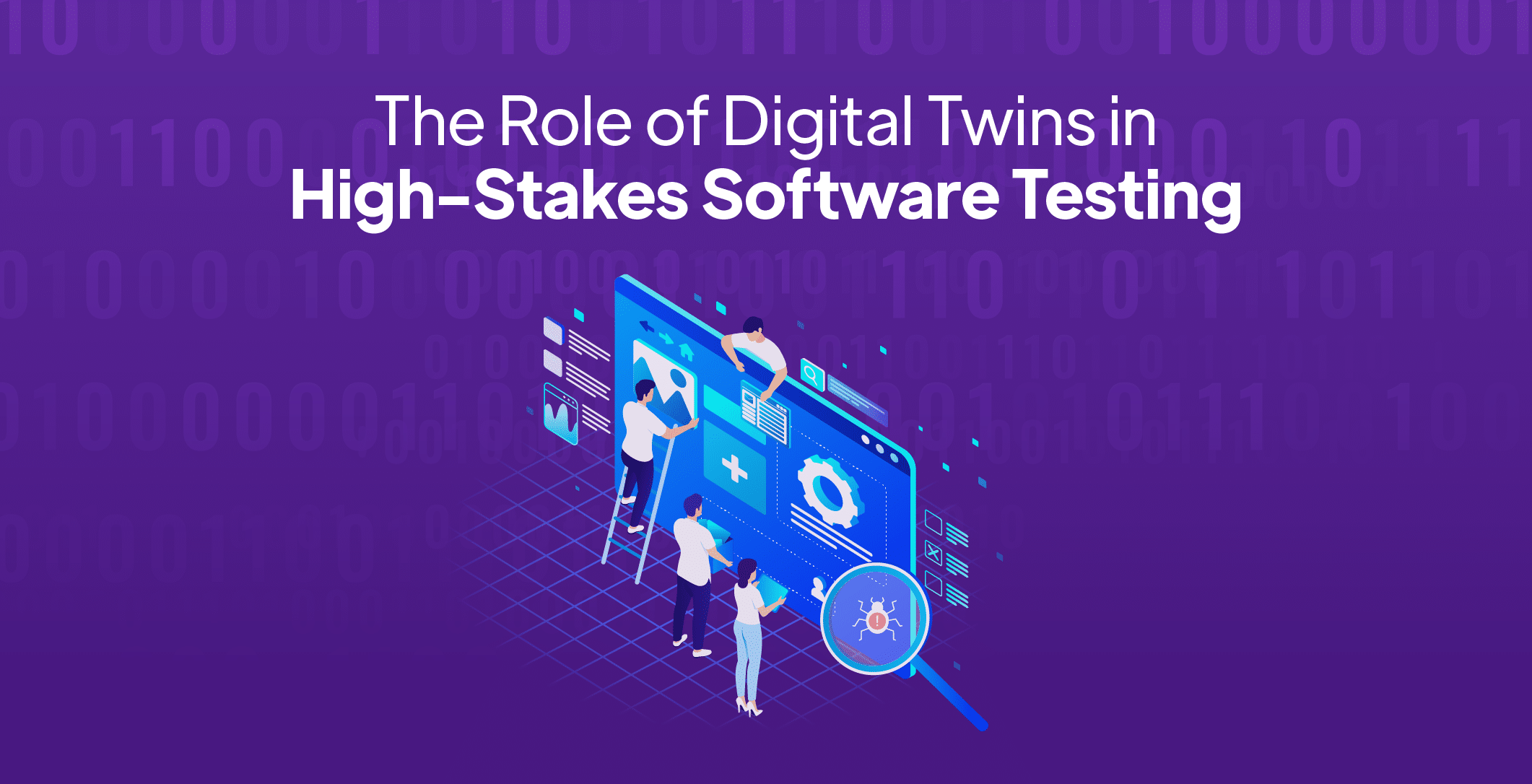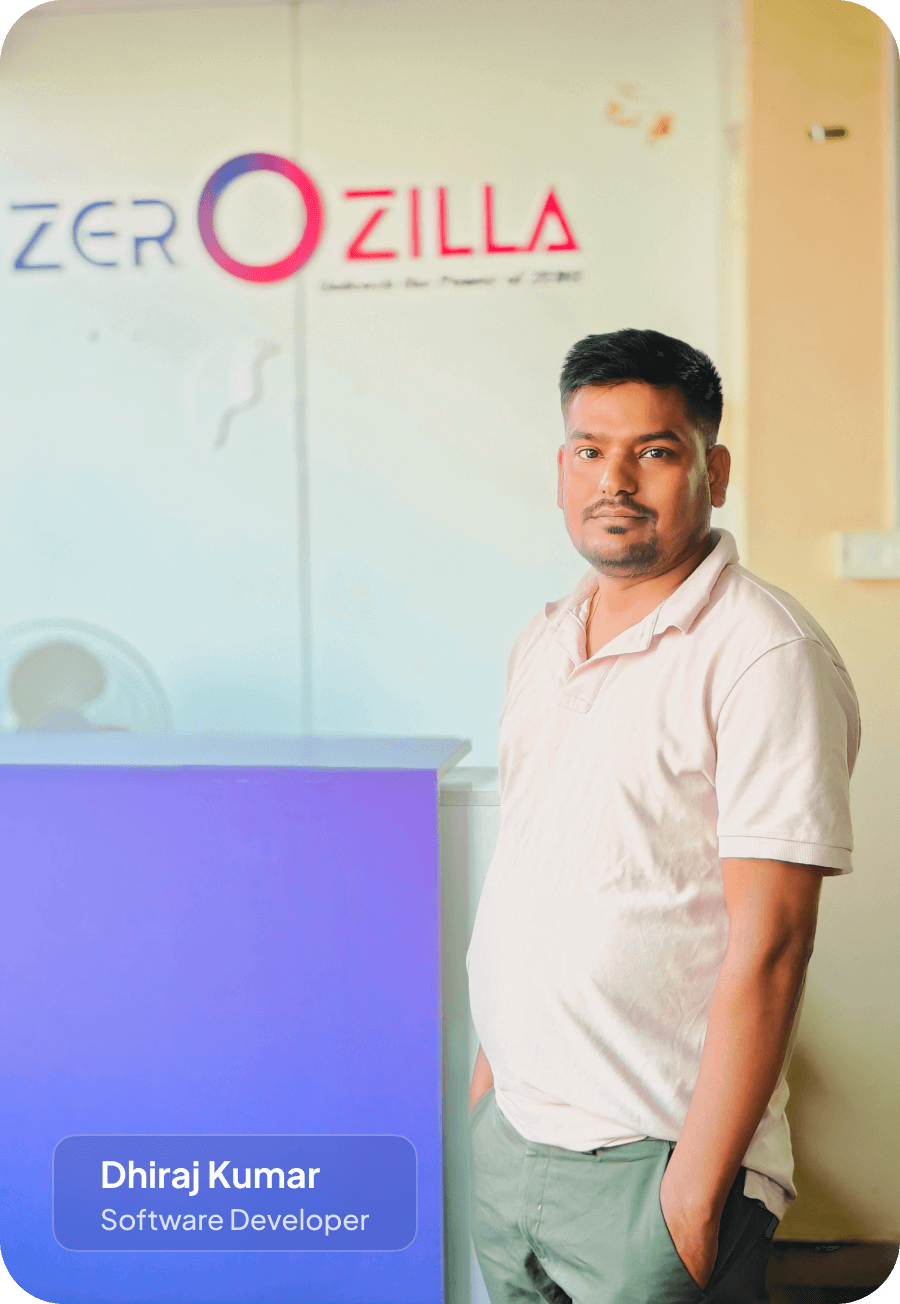Social media influences the purchasing decisions of almost 74% of consumers. But have you ever found yourself pondering the question of whether to go all-in on organic or paid social media. Because it’s not an either-or scenario. In fact, it’s high time to ditch the notion and embrace a dynamic strategy that combines the best of both worlds.
The right approach is not to put all your eggs in one basket. You need to have both organic and paid social media marketing strategies. But to have a holistic approach that balances out conversion and awareness, you need to know the pros and cons of each. Let’s understand the basic difference between organic and paid social media marketing services first.
Organic Social Media
Organic social media marketing services are the heartbeat of a brand’s personality, emphasizing content creation, community building, and fostering genuine engagement without relying on paid promotions.
Content Creation: Your organic content serves as the soul of your brand. From captivating visuals to compelling captions, ensure that your content resonates with your audience’s interests and values. Experiment with trending formats like video content, carousel posts, and interactive polls to keep your feed dynamic and engaging.
Community Building: Actively engage with your audience through responses, comments, and participation in discussions. Consider hosting live sessions, Q&A sessions, or challenges to foster a sense of community. Building a loyal following takes time, but the authentic connections formed are invaluable for brand advocacy.
Motive: The motive behind organic social media is to go beyond mere transactions and establish an emotional connection with your audience. Showcase the human side of your brand through behind-the-scenes content, employee spotlights, or user-generated content.
Impact: While the impact of organic efforts may not be immediate, it contributes to brand loyalty, heightened customer satisfaction, and the cultivation of long-term relationships. Monitor engagement metrics, such as likes, comments, and shares, to gauge the resonance of your content.
Paid Social Media
Paid social media marketing services involve sponsored content and advertisements that require a financial investment to amplify brand visibility and target specific demographics.
Advertising Campaigns: Harness the power of targeted advertising campaigns on platforms like Facebook, Instagram, and LinkedIn. Experiment with various ad formats, such as carousel ads, story ads, and dynamic ads, to discover what resonates best with your audience.
Budget Allocation: Define a clear budget for your paid social media campaigns. Platforms offer flexible budgeting options, allowing you to set daily or lifetime budgets. Strategic budget allocation is critical for optimizing your reach and maximizing return on investment.
Motive: The primary motive behind paid social media is to achieve specific, measurable outcomes. Clearly define your objectives, whether it’s driving website traffic, generating leads, or increasing sales. Leverage the robust analytics provided by social platforms to track the performance of your paid campaigns. An expert social media agency in Bangalore can help you build a strategy for the same.
Impact: Paid social media yields quicker and more measurable results compared to organic efforts. It’s a powerful tool for swiftly reaching a broader audience and driving specific actions. Utilize A/B testing to refine your ad creatives, copy, and targeting parameters for optimal results.
Aligning Your Strategy for Optimal Results
1. Setting Objectives:
Define your objectives clearly. Whether you aim to increase brand awareness, foster higher engagement, or drive conversions, understanding your goals guides the allocation of resources to both organic and paid efforts.
Utilize the SMART framework (Specific, Measurable, Achievable, Relevant, Time-bound) to set clear and achievable objectives. For instance, aim to increase organic engagement by 20% in the next quarter or achieve a 10% conversion rate through paid campaigns.
2. Knowing Where Your Brand Stands:
Consider your brand’s current position. For newcomers, investing in targeted paid campaigns is crucial for initial visibility. Established brands can maintain engagement through organic posts and strategically use paid campaigns to reach new audiences and sustain momentum.
Conduct a social media audit to assess your current standing. Evaluate your follower demographics, engagement metrics, and content performance. This analysis will inform your strategy and highlight areas for improvement.
3. Experimenting with Formats:
Social media trends evolve rapidly. Experiment with various formats such as video content, Instagram Reels, interactive polls, and other emerging trends to enhance both organic and paid strategies.
Stay informed about platform updates and algorithm changes. Platforms often prioritize certain content formats, different timings, and days. For example, Instagram Reels gained prominence, and brands leveraging this feature saw increased engagement.
4. Leveraging Analytics:
Both organic and paid strategies benefit from data-driven insights. Monitor analytics to understand what works and what doesn’t. Refine your approach based on performance metrics, adjusting your strategy to align with audience preferences and platform algorithms.
Dive deep into social media analytics tools to gain insights into audience demographics, content engagement, and conversion attribution. Use these insights to optimize your content strategy and refine your paid campaigns for better targeting. At our social media agency in Bangalore, we harness cutting-edge analytical tools to elevate your digital presence and achieve optimal results.
5. Adapting to Trends:
Stay informed about emerging trends and changes in consumer behaviour. Social media platforms are dynamic, and what works today may not work tomorrow. Be agile and adapt your strategy to stay relevant and resonate with your audience.
Like there might be a upcoming festival or trending audio experiment with all. Actively participate in relevant social media communities and forums to understand the people interests and mindsets.
6. A/B Testing:
Experimentation is key to finding the optimal mix. Conduct A/B testing to compare the performance of different strategies, whether it’s varying content types, ad creatives, or targeting parameters. Use the insights gained to refine and optimize your approach continuously.
Implement A/B testing in a systematic manner. Start by testing one variable at a time, such as ad headlines, imagery, or audience targeting. Gradually refine your experiments based on the performance data to identify winning combinations.
To Conclude
In the ever-evolving landscape of social media marketing services, success hinges on finding the delicate balance between organic and paid strategies. Striking the right balance between organic and paid strategies requires continual adaptation, experimentation, and a deep understanding of your audience. Stay agile, be receptive to change, and leverage the vast array of tools and features offered by social platforms. Whether you’re a startup building a community or an established brand expanding your reach, the integration of both organic and paid social media strategies is the key to sustained success.
Zerozilla, being known as a top social media agency in Bangalore, can help you build a strategy keeping both organic and paid channels in mind. We can help your brand’s voice echo vibrantly across the social media world, creating a lasting impression in the minds of your audience. Connect with us to build your online presence today.
